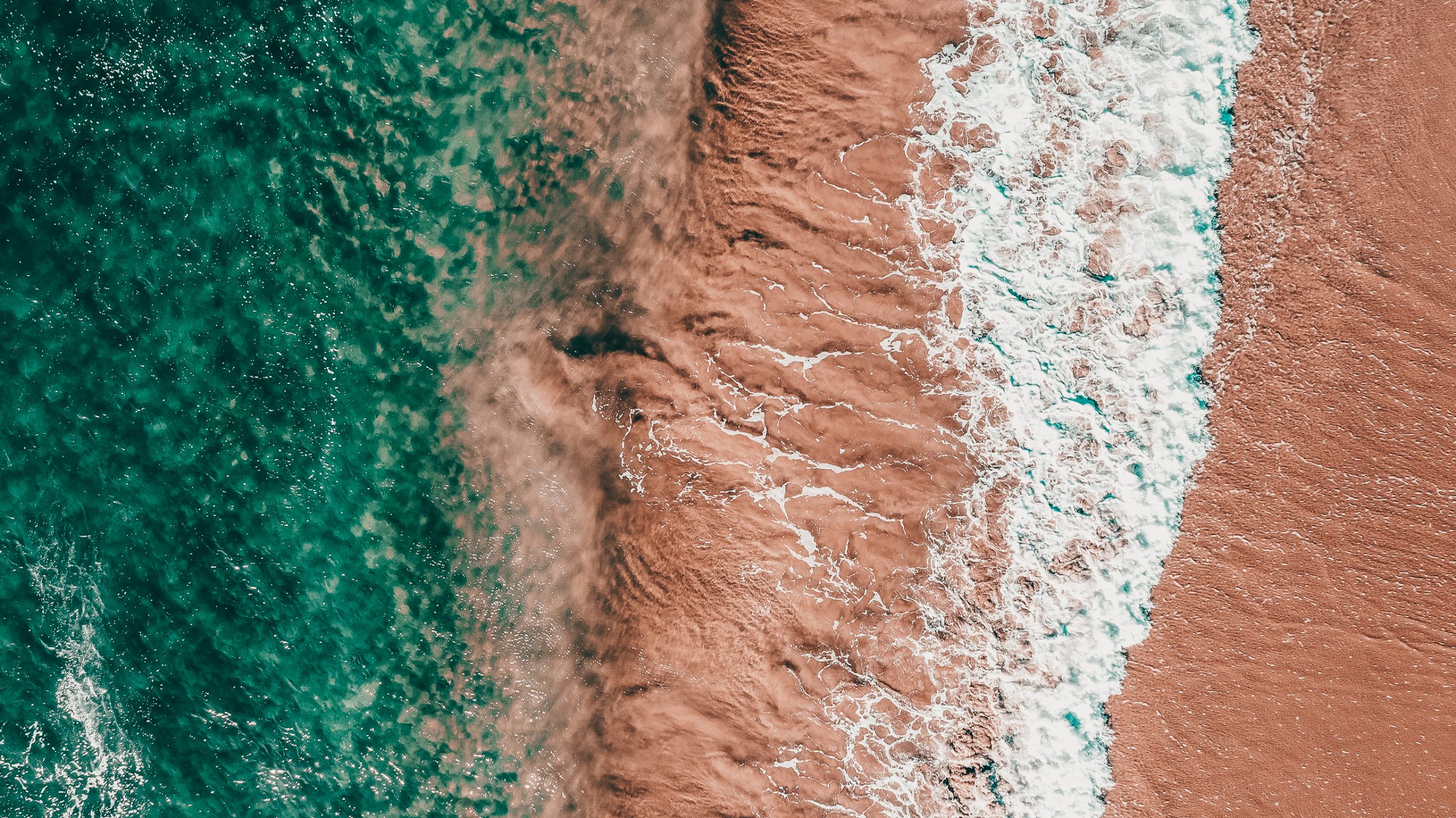15 Feb Australian Beach Safety
Imagine you’re fresh in Australia ready to have the time of your life; you’re with all your mates, weather and surf conditions are perfect and you’re fired up for a day at one of Sydney’s many beaches. You think you’re all ready to hit the beach and start surfing, but then you realize you know NOTHING about beach safety.

Lucky for you, we’re here to teach you all about beach safety, how to keep yourself out of trouble and how to make the most out of your surf experience.
First things first, it’s important to protect yourself from the most dangerous thing at the beach. No, it isn’t sharks (I myself have never seen a shark in Australia)…or jellyfish. In fact, it isn’t a living creature at all— it is THE SUN. It is super important to keep yourself protected from the sun at all times to avoid nasty burns, sun poisoning, or even worse. We’ve all been burnt before- it isn’t fun and can definitely put a damper on your beach experience.
Here’s a few ways we recommend to keep safe from the Aussie sun :
- Wear sunscreen. We provide sunscreen at our camps, and recommend that SPF 30 or higher is applied multiple times per day
- Wear sunglasses to protect your eyes from the sun
- Protect your face with a hat
- Wear a t-shirt when necessary
- Wear a wetsuit when surfing (we provide wetsuits at our camps)- they’ll keep most of your body protected from the sun
Rip currents are another thing any beachgoer should be aware of. Rip currents are strong, narrow currents that break away from the shore, cutting through waves almost like a river. Rip currents can be dangerous for swimmers and surfers alike, but knowing how to identify them and what to do if caught in one can be extremely helpful.
Here are ways to identify a rip current:
- Irregularly dark water
- Water that is deeper than the rest of the shoreline
- Areas where waves aren’t consistently breaking

If caught in a rip current, here’s what to do:
- Don’t panic or fight the current. It’s very important to remain calm.
- Don’t swim against the current. Instead, either swim parallel to the shoreline or ride the current out. It won’t take you far at all if you ride it out.
- If you’re a poor swimmer, call for help and raise one arm in the air. A lifeguard will rush in to help you out of the current.

Though not as typical as one would expect, Australia’s beaches are home to several types of jellyfish and other creatures. Blue bottles are the most common type of jellyfish in Sydney’s waters. Though their sting isn’t deadly, it can still be painful. If stung by a blue bottle, be sure run the affected area under hot water, or ask a lifeguard for help with it. More dangerous jellyfish aren’t in Sydney, and are located north past the reef. If harmed by one of these critters, however, dial (000) immediately and try to pour vinegar on the affected area.
Finally, know the beach you are at. Be aware of what the currents and waves are like. Know where the lifeguards are and be sure to swim in the designated area between the red and yellow flags (surfers can be outside the flags).
Above all, have fun! Australia’s beaches and surf conditions are some of the best in the world— and as long as you use good judgement and common sense, you will have the time of your life. Surf up!




Sorry, the comment form is closed at this time.